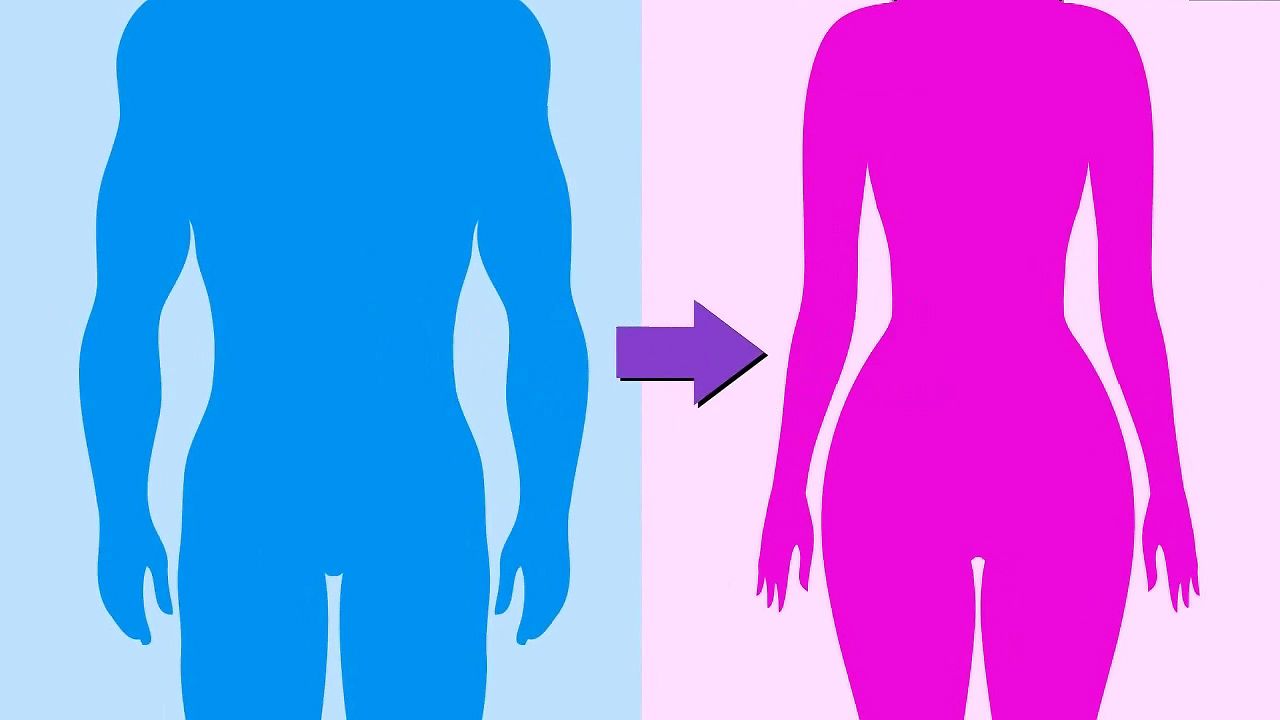How hormone therapy is used in gender transition

How hormone therapy is used in gender transition
Learn about the role hormone therapy plays for people physically transitioning genders.
© American Chemical Society (A Britannica Publishing Partner)
Transcript
Hormones, everyone has them, but do you know just how powerful these molecules are? How they affect your entire existence as you know it? So, let's talk about them. But let's put a slight twist on it. We're going to focus on what happens when someone undergoes hormone therapy. This is commonly used for women going through menopause, but we're going to look at hormone therapy used for transitioning genders.
No matter what your gender, age, or race, everyone has both estrogen and testosterone in them. Estrogen and testosterone are the main components in the body that make a person look male or female. Now, what makes a person feel male or female, well, that's an entirely different video.
OK, now in females, the ovaries and adrenal glands produce estrogen and testosterone. Testosterone in females is important for muscle strength, sex drive, and sense of well-being. Now, men have about ten times more testosterone than females, and males can produce testosterone in the testes much faster than females can in their ovaries.
In men, testosterone is chemically converted to estrogen as a body needs it for maturing sperm, and possibly regulating sex drive. So, when a person transitions to the opposite gender, they undergo hormone therapy to adjust the levels of estrogen and testosterone in their body. This essentially puts a patient through a second puberty. While the new hormones can't totally reverse the effects of the first puberty, it's the development of the secondary sex characteristics which makes the person begin to physically appear as the gender they identify with.
When males transition to females, they're also given antiandrogens. These block testosterone from doing what testosterone is supposed to do, and lowers the amount of testosterone over all. The significant reduction of testosterone means the typical secondary sex characteristics in men will start to go away. Muscle mass will shrink, fat will redistribute, and body hair will become thinner and lighter. In order for female attributes to develop, transitioning males take forms of estrogen in gels, pills, or shots. Although the hormone levels may reach targets in the first year of therapy, it takes roughly two to three years for the physical changes to occur. But hey, that's still quicker than puberty.
Females transitioning to males are given testosterone, sometimes called T. Uh, no. Try again. Still no. That's the one. All right, T can be applied topically with a gel or through routine shots. The increase of T lowers the voice, produces facial hair, and increases muscle mass. This increase of T also lowers the amount of estrogen in the body, causing the breasts to decrease in size, the shoulders and hips to broaden, and the menstrual cycle to stop. It takes about one to two years of being on these hormones for a born female to attain male levels of estrogen and testosterone.
So, there you have it, estrogen and testosterone through hormone therapy play a huge role in physically transitioning genders. And since these hormones are so powerful, you should never take hormones without talking to a doctor first.
No matter what your gender, age, or race, everyone has both estrogen and testosterone in them. Estrogen and testosterone are the main components in the body that make a person look male or female. Now, what makes a person feel male or female, well, that's an entirely different video.
OK, now in females, the ovaries and adrenal glands produce estrogen and testosterone. Testosterone in females is important for muscle strength, sex drive, and sense of well-being. Now, men have about ten times more testosterone than females, and males can produce testosterone in the testes much faster than females can in their ovaries.
In men, testosterone is chemically converted to estrogen as a body needs it for maturing sperm, and possibly regulating sex drive. So, when a person transitions to the opposite gender, they undergo hormone therapy to adjust the levels of estrogen and testosterone in their body. This essentially puts a patient through a second puberty. While the new hormones can't totally reverse the effects of the first puberty, it's the development of the secondary sex characteristics which makes the person begin to physically appear as the gender they identify with.
When males transition to females, they're also given antiandrogens. These block testosterone from doing what testosterone is supposed to do, and lowers the amount of testosterone over all. The significant reduction of testosterone means the typical secondary sex characteristics in men will start to go away. Muscle mass will shrink, fat will redistribute, and body hair will become thinner and lighter. In order for female attributes to develop, transitioning males take forms of estrogen in gels, pills, or shots. Although the hormone levels may reach targets in the first year of therapy, it takes roughly two to three years for the physical changes to occur. But hey, that's still quicker than puberty.
Females transitioning to males are given testosterone, sometimes called T. Uh, no. Try again. Still no. That's the one. All right, T can be applied topically with a gel or through routine shots. The increase of T lowers the voice, produces facial hair, and increases muscle mass. This increase of T also lowers the amount of estrogen in the body, causing the breasts to decrease in size, the shoulders and hips to broaden, and the menstrual cycle to stop. It takes about one to two years of being on these hormones for a born female to attain male levels of estrogen and testosterone.
So, there you have it, estrogen and testosterone through hormone therapy play a huge role in physically transitioning genders. And since these hormones are so powerful, you should never take hormones without talking to a doctor first.









